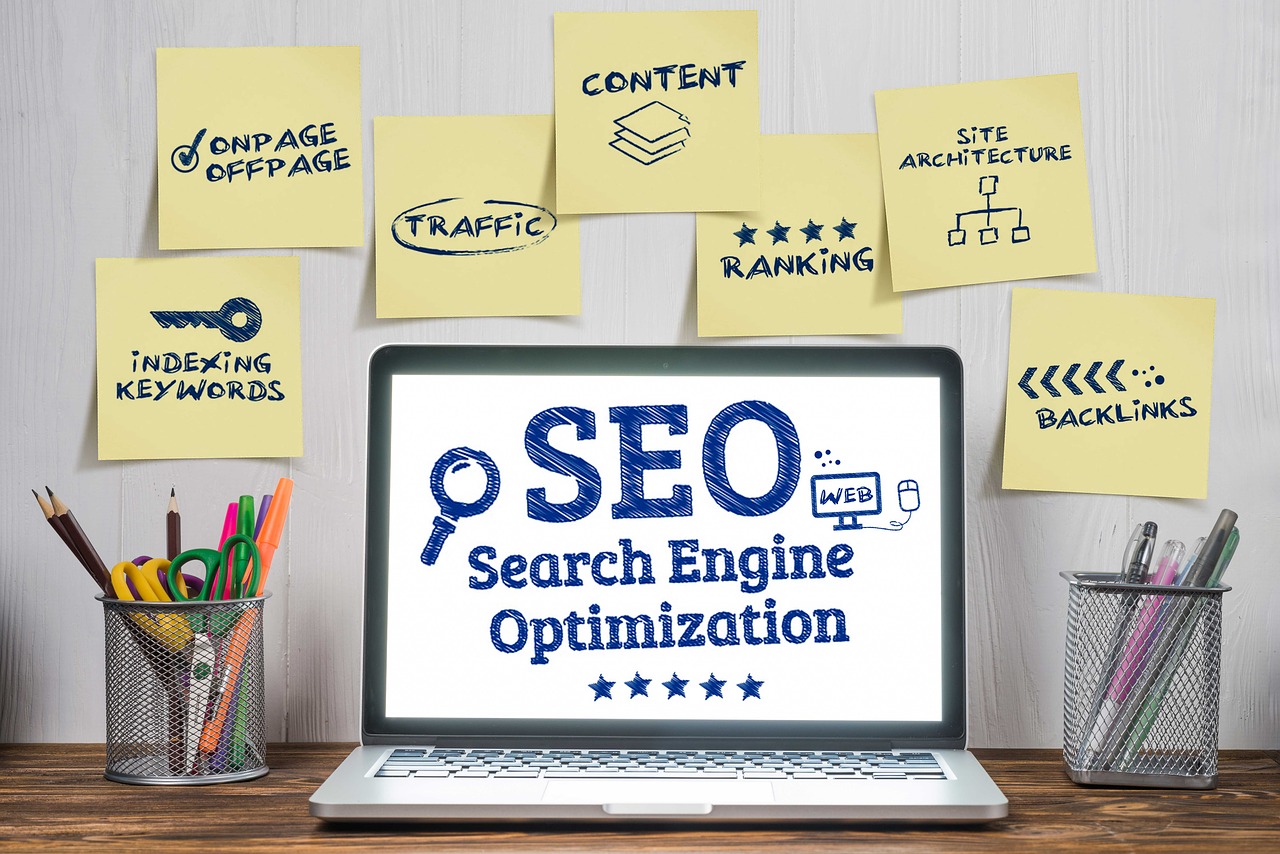What is the big deal with SEO anyway?
You have probably heard about SEO at this point. It has become quite the popular service/expertise/qualification, so much so that half the Communications jobs on sites like this have it listed as a requirement. But if you are like me, and do not keep up with the newest trends on the internet, you probably have no idea what SEO even stands for, right?
Well, the answer to that is “Search Engine Optimization.” And suddenly, you understand a lot more than you used to. As the name suggests, SEO is a way to make your content appear higher up on search engines, aka “optimizing” your use of them. This might sound a bit like a scheme, but if you have ever built a website, you have already used Search Engine Optimization without even realizing it.
When you made your home page, did you title your website? Was that title something relevant to whatever you are making or selling? Maybe you included words you knew people would search for in your writing, words like “best-selling” or “number one.” This flagrant manipulation of your viewers’ expectations is all a part of Search Engine Optimization, so congratulations! You have taken your first steps.
Now, there is more to SEO than just making your website the way any intelligent person would. If you want to reach the top, you have to be cunning and wily, making small, unseen adjustments to your website until everything aligns properly.
I mentioned smart use of words, or “keywords,” already, but you can do better than just focusing on the important stuff. It is the little things that can add up, like using “near you” or “online” to indicate where you are selling your product, and “limited time” or “buy now” to indicate when. When people search for those words, they will find your page sooner thanks to the way search engines work.
You can also alter the very design of your website if you so choose. Including important sections like “About” or “Contact Us” is essential to improving the user experience and can very well help increase traffic. Appeal is the most important part of any advertising, and that’s part of what SEO is.
However, you should not focus all your attention on your website. Others can be used to great effectiveness as well. Social media platforms like Twitter are useful to promote your content. Including links to your website on blogs and such can also improve your findability, making you more relevant and thus increasing your presence on the search engines.
Oh, that reminds me, how does your link look? No, not that famous gaming icon, the URL to your website! It simply must look nice, and it should probably sound snappy without detracting from the overall experience. Do not make it obvious clickbait but do keep it appealing. It is a fine line to walk when you balance between bait and showiness, so find that line and walk.
Who, What, When, Where?
You did not think that was all there was too it, right? Of course, you did not. After all, Search Engine Optimization is, first and foremost, a form of advertising. It might not seem like it, since it is aimed at search engines instead of people, but you do have to keep the people in mind when forming your SEO strategy.
In that case, the four essential questions of advertising come into play. Who is your primary audience? What are you selling? When are you selling it? Where are you selling it to/from?
These questions must be answered even before you begin the optimization process. So, let us go through them one by one and see what we can do to help keep you on the right track.
First, who are you trying to attract to your website? Demographics like age, gender, profession, and more can change your strategy immensely. Younger groups tend to prefer more dynamic websites, while older folks appreciate simpler navigation. Of course, part of knowing the “who” knows the “what.”
Your product determines a lot about your strategy. Marketing yarn is a lot harder for young men than it is for older women, for example. And you probably do not want to fill your home page with rainbows if you are selling hunting equipment. The “what” also determined a lot about your keyword usage, so keep it in mind through this whole process.
For most people, the “when” will be “whenever possible,” but there are circumstances in which it plays a greater role. Limited-time events like fundraisers will require much more aggressive strategies, while less pertinent products will want a slower pace. You do not want to blast a bunch of social media posts with your link on them if you want to build steady rapport, but you also do not want to lag if immediacy is your concern.
Where you are and where your customer base is are both much more important than you might think. While, yes, you and your website’s visitors are both online, what you provide is still going to be limited in scope. Your small business without global delivery should promote more to locals, while websites that provide online or global services can promote that instead. Businesses like https://searchific.com/manhattan-seo/ can help a lot when it comes to localizing your SEO strategy.
These four questions of “who,” “what,” “when,” and “where” are beyond pertinent to ask. SEO relies a lot on metrics gathered from your online traffic, so keeping those metrics focused is the best way to ensure your page is found only by those you want to find it.
Conclusion
SEO is a growing industry, and its effects can be seen all over the internet. It is a marketing strategy, an advertising campaign, and a simple web-design process. It is so much, that I cannot cover them all in one article. If you want to learn more about how you can optimize your content, do a little more research. You might just find something you can use to make your business a huge success.






